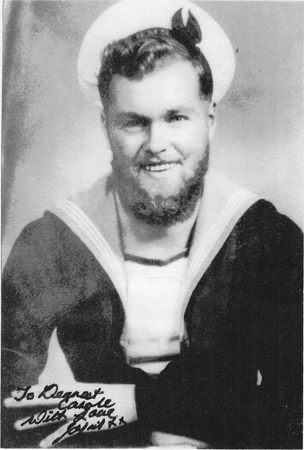ROYAL NAVY 18TH MSF
Operation ‘Neptune’ was the codename for the naval part of ‘Operation Overlord’ and covers the period from the 5th June to 30th June 1944 even though Fleet Minesweepers were still very much engaged through July and August.
It wasn’t only the Fleet Minesweepers which were engaged in mine clearing operations. There were other smaller vessels including danlayers, some specially built for the task and others converted from fishing vessels. Some of these, together with motor launches of Coastal Forces carried out shallow mineweeping ahead of the big Fleet Minesweepers.
There were also those whose job it was to assist in the destruction of swept mines and the many other, small specialist minesweepers, who would follow in the days after D-day to take on the enormous job of clearing the inshore areas of mines, particularly the ground/influence mines (magnetic and acoustic) in order to allow transport and supply vessels to operate in safety.

The second largest contingent of Fleet Minesweepers were the ‘Algerines’, the most up-to-date and considered by many to be the finest minesweepers of any Navy to take part in World War II. Prior to Normandy, two flotillas were at work in the Mediterranean, the 12th MSF had taken part in the invasion of North Africa and Sicily and the landings at Salerno and Anzio, whilst the other, the 19th MSF, was just two weeks later to be the minesweeping force for the invasion and capture of Elba, and in August for Operation ‘Dragoon’ – the invasion of the South of France.
Both flotillas had shown that the Algerines were superbly suited to invasion sweeping. One other flotilla due to take part in ‘Neptune’ was the 18th MSF, already well blooded in sweeping around the UK and more recently engaged in escorting convoys to Russia.
( http://www.minesweepers.org.uk/ledway.htm )
Cyril Banks

